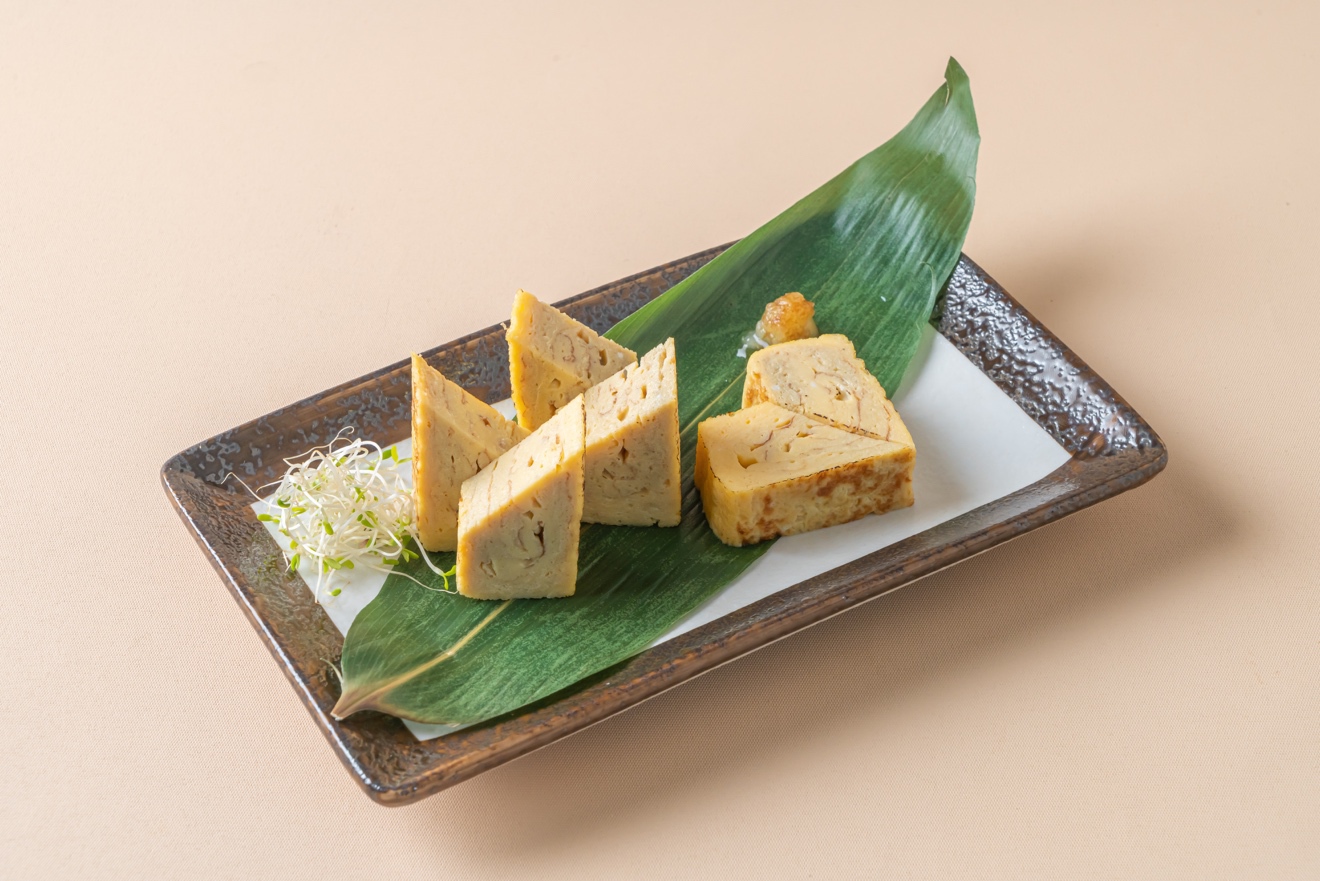Japanese Breakfast Recipes
Traditional Japanese Morning Meals and How to Make Them at Home
BY
Nadia Santa
Copyright 2021 Nadia Santa
License Notes
This book may not be reproduced in part or whole without the express written permission from the author. Whether for commercial or personal use, possession and distribution of this book by any means without permission are prohibited by law.
The content of this material is strictly for entertainment purposes and the reader accepts all responsibility for any damages caused by following the content.
Free and Discounted Books on Me!
When you subscribe, you will receive the e-books that are not only discounted but also free delivered right into your inbox. You will get reminders, so you never miss a great deal, and you can build your e-book library from the comfort of your own living room.
Nothing is better than a good book and a great deal!
Fill out the box above to get started on this amazing offer right away!
https://santa.subscribemenow.com
Table of Contents
Introduction
We all love to have food conveniently. Everyone loves to order food or get to some restaurant to have their favorite dishes but eating out can be unhealthy to a greater extent. Towards the end of a busy day, eating out or ordering your food might feel like the most convenient and the most straightforward choice. In any case, comfort and restaurant prepared food can negatively affect your health and wellbeing. One of the simplest ways to improve your health is by preparing more home-cooked meals.
Our world comprises various countries with numerous types of cuisines that are being eaten all around the globe. One such cuisine is called Japanese cuisine that is, as the name clearly depicts, originated from the Asian country, Japan.
Japanese cooking mainly includes the territorial and conventional nourishments of Japan, which have been developed through hundreds of years of political, monetary, and social changes. The customary cooking of Japan depends on rice with miso soup and different dishes; there is an accentuation on seasonal ingredients.
In this cookbook regarding Japanese home cooking, we will discuss in detail the history as well as the origin of Japanese food and its evolution over the passage of time. You will also get a section in the cookbook where you will learn the reason behind the popularity of Japanese cuisine in the U.S.A. In the cookbook, you will get the knowledge regarding the difference between home cooking and dine in experience while having Japanese food.
You will learn different breakfast recipes. All of the recipes mentioned in the cookbook are extremely easy to make all on your own at home. Now, let us not brag too much and finally start cooking Japanese at home.
Japanese Food
Food can be a necessity; hence every human being includes eating in their own routine. Therefore, it is extremely essential that individuals apply some creativity in food-making. An option could be having unique Japanese food on the table.
There are numerous cookbooks and online recipes which should guide anybody from a seasoned homemaker to some clueless cook on how to get ready unique Japanese food. Just a little internet research and a compilation of some recipe clippings in magazines, exposure to cooking shows needs to help in a search for new food options.
In cooking Japanese food, however, it must be noted that the ingredients required may well not probably something that readily has stocked in the kitchen cupboards. Most probably, one recipe could demand a visit to the Asian grocery store or Japanese deli in your area. It can demand a little bit more effort than usual, but the end-product ought to really be surely satisfying to most senses. Afterall, Japanese foods are usually filling - with all the use of rice, wheat or egg noodles as a food base. Incidentally, Japanese foods need careful and meticulous preparation as it is a Japanese cultural practice to give attention to details. Since food is treated as a certain form of art," it is most likely that apart, as a result, satisfying the taste buds, it should also definitely please the sight.
Some of the distinctive Japanese foods one might enjoy include ingredients such as eel or unagi, Japanese green beans or edamame, amongst others. Na be or steaming pot cooking is very preferred during the cold or winter season.
Japanese Cuisine
The outstanding keywords in Japanese food culture are health and aesthetics. This culinary culture says a lot, but above all, that Japanese cuisine is very healthy. For the Japanese, eating is not just an intake of food but a traditional ritual.
In contrast to European kitchens, people in Japan still cook, eat and serve traditionally.
Spices and fats are used minimally in Japanese cuisine. This is a reason why it is one of the healthiest kitchens in the world. The main reason for doing this is to keep the flavor of the main ingredients. In addition, the dishes are usually only cooked very little; especially vegetables are only cooked for a short time so that their color and shape are retained and their nutritional values are retained. In addition, only seasonal and regional vegetables are used in cooking.
No wonder the life expectancy of the Japanese is so high. Because they try to cook their dishes without additives so that the natural properties, color and shape are not impaired. Thanks to the regular consumption of omega-3 fatty acids, the Japanese rarely suffer from heart disease. In contrast to other countries, the numbers of overweight people in Japan are very low. Overweight Japanese people have had to pay a fat tax since 2009.
If you go to a restaurant in Japan, you will most likely not find any salt because in Japan, soy sauce is used instead of salt. Also, you will hardly find high-calorie foods, as fish and soybeans are the most commonly consumed foods. The most common preparation methods are boiling, steaming and grilling
Around the year 300 BC, rice was grown in Japan. During the same period, Chinese cuisine began to be influenced and the resulting use of ingredients such as soy, soy sauce, tofu and chopsticks. Much later, the Japanese cooked with potatoes, which came from the west. Most recently, meat and curry from India, China and Portugal entered Japanese cuisine.
The impact of Zen Buddhism has had a huge impact on Japanese cuisine. That is why there are religious restrictions on eating meat. Rather, preference is given to products that have been used for centuries, such as tofu, vegetable tempeh, beans and soy.
Popular Traditional Japanese Specialties
Soups
Miso, ramen and dashi are some of the most famous and most consumed soups. The solid ingredients of the soups are eaten with chopsticks and the juice is drunk from the bowl, so no spoons are used. It is also common in Japan for only one dish to be served at a meal. However, dining with family and friends includes rice, soup, fried fish, a stew, and vegetables. There is no particular order because everything is served on the table at once.









